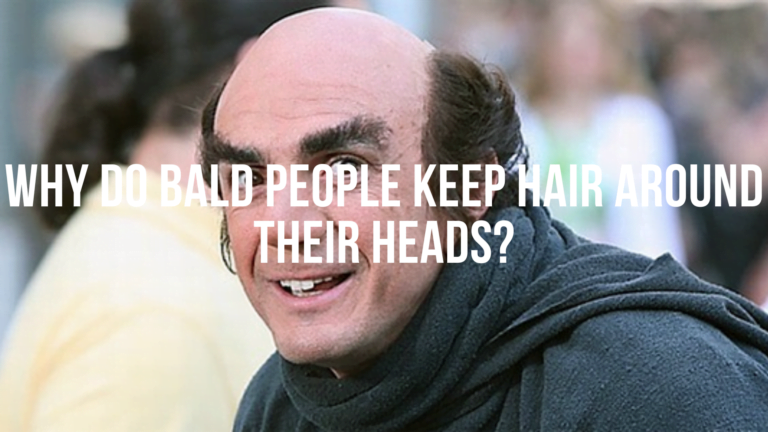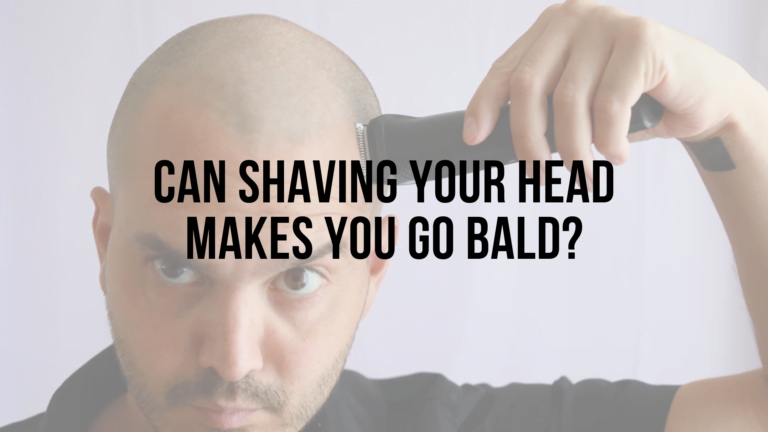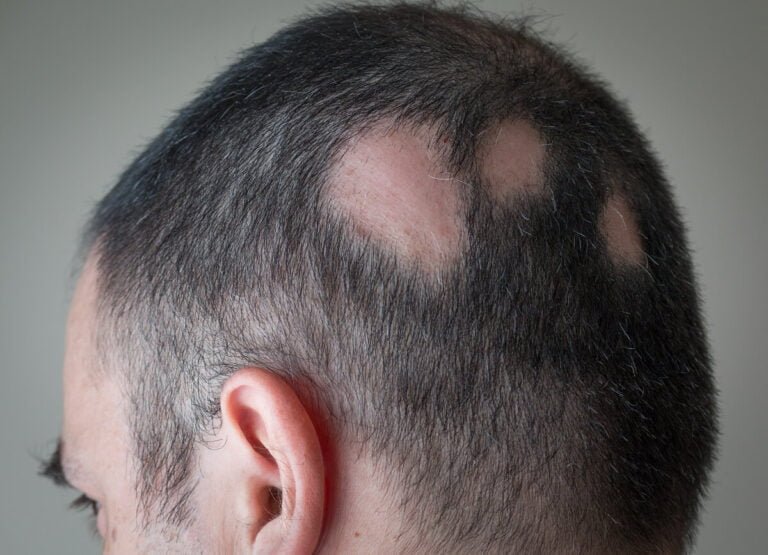The hijab, or headscarf, holds deep cultural and religious significance for many Muslim women around the world. However, the practice of wearing a head covering is not limited to those with hair.
Even women who are bald due to medical conditions, natural hair loss, or personal choice may still feel social or religious pressure to don a hijab in public.
History of the hijab
The origins of veiling can be traced back centuries before the birth of Islam. Elite women in ancient Mesopotamia wore veils as a status symbol. Biblical scriptures encouraged women to cover their hair, and Byzantine and Persian empires had their own traditions of head coverings.
When Islam arose in Arabia in the 7th century CE, female modesty and seclusion were already cultivated values in the region.
The Quran instructs believing women to “draw their veils over their bosoms” and for the Prophet’s wives to speak from behind a partition. These verses led to the widespread adoption of hijab as a symbol of modesty.
Over the centuries, legal traditions, cultural norms, and personal choice led the hijab to become an integral part of Muslim identity for many women.
Religious significance
Most Islamic scholars agree that the Quran commands women to dress and behave modestly, though interpretations vary on the exact requirements. Many devout Muslim women believe sincerely covering the head fulfills a religious duty and demonstrates spiritual devotion.
This commitment holds true regardless of whether a woman has hair loss or not. The act of veiling carries more meaning than simply covering one’s hair. Wearing hijab represents a mindset of modesty and obedience to God for many women.
Read Also: Will people be bald in Jannah?
Cultural norms
Beyond religious obligations, social and cultural traditions often reinforce hijab wearing in Muslim communities. Growing up, girls may see their female family and community members wearing headscarves and will later adopt the practice themselves.
Bald women raised in these environments may feel that going without hijab violates cultural values of femininity and propriety. Even if hair is absent, covering the head remains ingrained as a part of identity.
Social expectations
Female modesty through hijab wearing gains significance through social signaling. Visibly Islamic dress code marks women as upright followers of the faith and community members to be respected.
Bald women may face added social consequences for going uncovered. Their public visibility as Muslim women relies exclusively on donning hijab. Uncovered, they risk gossip for bucking social conventions.
Practical considerations
For busy Muslim women balancing careers, chores, and family duties, wearing hijab as a default can be far simpler than styling hair daily. This practicality remains true whether hair is present or not.
Throwing on a headscarf requires little time or effort compared to applying hair products, blow drying, arranging, and maintaining hairstyles. Hijab offers a convenient ready-to-wear physical presentation.
Medical conditions
Various temporary or permanent medical conditions can lead to baldness or substantial hair loss in women. Chemical treatments, alopecia, thyroid disorders, chemotherapy, autoimmune diseases, and burns may necessitate shaving one’s head.
Illness often allows exemption from regular religious rituals like fasting or prayer. Yet for many Muslim women, abandoning hijab due to hair loss remains difficult, even with physical impediments. Only in privacy or around close relatives may exposing the head feel acceptable.
Psychological effects
Baldness strips away not just hair, but part of women’s perceived femininity and beauty in many societies. Hiding the bald scalp beneath a veil or wrap can help restore dignity and self-confidence.
Without the shielding effect of hijab, bald women may feel exposed, embarrassed, or vulnerable to the public gaze and judgment. Keeping the head covered offers psychological comfort.
Fashion and self-expression
While hijab has a largely religious purpose, many Muslim women also take the opportunity to remain fashionable and express their personal style. Fabrics like silk, chiffon, and satin, embellishments with embroidery or crystals, and a rainbow palette of colors allow women to be creative.
Bald women deserve the same right to enjoy wearing beautiful headscarves. Just because their heads lack hair does not mean they cannot partake in this enjoyable facet of hijab fashion culture.
Modern perspectives
Some forward-thinking Muslim women and scholars argue that strictly mandating head coverings infringes on women’s personal liberties and diminishes their importance to just physical attributes. They advocate for the culture shifting to see modesty as about attitudes and actions rather than dress.
As hijab wearing remains a heated topic of debate, bald Muslim women may find themselves torn between progressive ideals of choice and honoring traditional values they cherish. Their reasons for donning headscarves in spite of having no hair remain complex.
Conclusion
Muslim women who wear hijab do so for a constellation of cultural, religious, practical and personal reasons that go far beyond merely covering hair. For many, the headscarf holds deep symbolic significance and becomes an integral part of identity.
These factors explain why baldness does not exempt women from veiling expectations in many conservative communities.
However, as norms slowly evolve, a woman’s choice to cover her head – whether it has hair or not – is ultimately up to her own conscience.
Is covering the head a requirement for Muslim women?
The need for women to cover their hair and bodies is subject to interpretation. Many scholars do say hijab is religiously mandatory, but others argue it is merely encouraged or left up to personal choice.
Don’t religious obligations not apply in cases of health conditions?
Typically illness grants exceptions to religious duties like fasting, but hijab has taken on such social and cultural importance that many Muslim women feel compelled to wear it regardless of medical obstacles.
Can bald women showcase their fashion sense without covering their heads?
Certainly, but in conservative environments this risks social disapproval and accusations of immodesty. Many bald women thus opt to enjoy fashionable hijabs rather than go uncovered.
Is wearing the hijab truly an empowered choice if social pressure is involved?
It’s a complex issue. Some women see covering as independently empowering, while others argue that real choice is constrained by community expectations.
What alternatives are there for bald Muslim women who don’t want to wear hijab?
Options could include stylish hats, turbans, bandanas or wigs. Ultimately bald women have the same right as anyone to dress in accordance with their personal convictions.
Can wearing hijab make women bald?
Wearing the hijab can contribute to some types of hair loss in women, but it does not directly cause complete baldness. The main reasons hijab can lead to hair loss include:
– Friction and tension from the hijab fabric pressing on the hair and scalp can damage the hair follicles over time.
– Lack of proper hair care while wearing the hijab can cause breakage and thinning.
– Tight hijab styles that pull the hair back tightly for long periods can lead to traction alopecia – a form of hair loss along the hairline.
However, with proper hijab wearing techniques and hair care, hair loss can be prevented or minimized. Complete baldness is rare.






